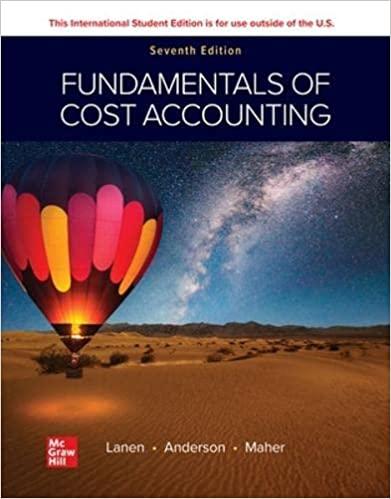Question
1. Suppose that a consumer initially faces some prices (p 1 , 1) and consumes some bundle (x 1 , x 2 ): The price
1. Suppose that a consumer initially faces some prices (p 1 , 1) and consumes some bundle (x 1 , x 2 ): The price of good 1 then increases from p1 to p 1 ; while the price of good 2 remains the same at 1. Suppose that the demanded bundle at (p 1 , 1) is (x 1 ; x 2 ). Dene the compensating variation (CV) and equivalent variation (EV) and explain clearly why they are called so, and then in two dierent diagrams depict them for the above mentioned price change. What do they really measure?
2. From the previous part, now suppose that the consumers utility has the form u(x 1 , x 2 ) = 4x 1 0.5 + x 2 . Also let p 1 = 1, p 1 = 2 and m = 5. Compute the CV and the EV.
3. Based on what you obtained 2) what is the relationship between CV and EV (are they equal?
are they dierent? or impossible to say)? Is this always the case? Explain.
Step by Step Solution
There are 3 Steps involved in it
Step: 1

Get Instant Access to Expert-Tailored Solutions
See step-by-step solutions with expert insights and AI powered tools for academic success
Step: 2

Step: 3

Ace Your Homework with AI
Get the answers you need in no time with our AI-driven, step-by-step assistance
Get Started


